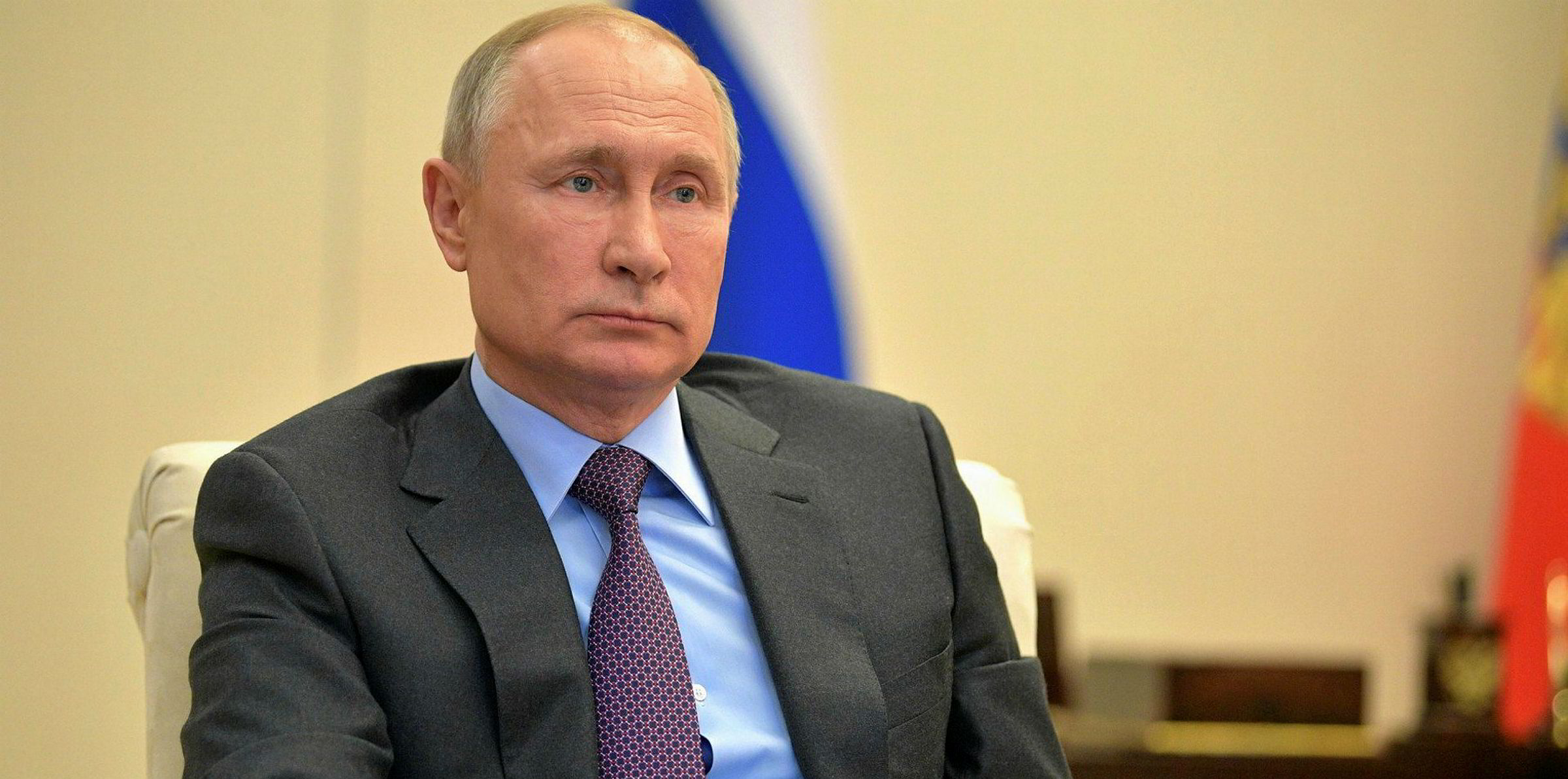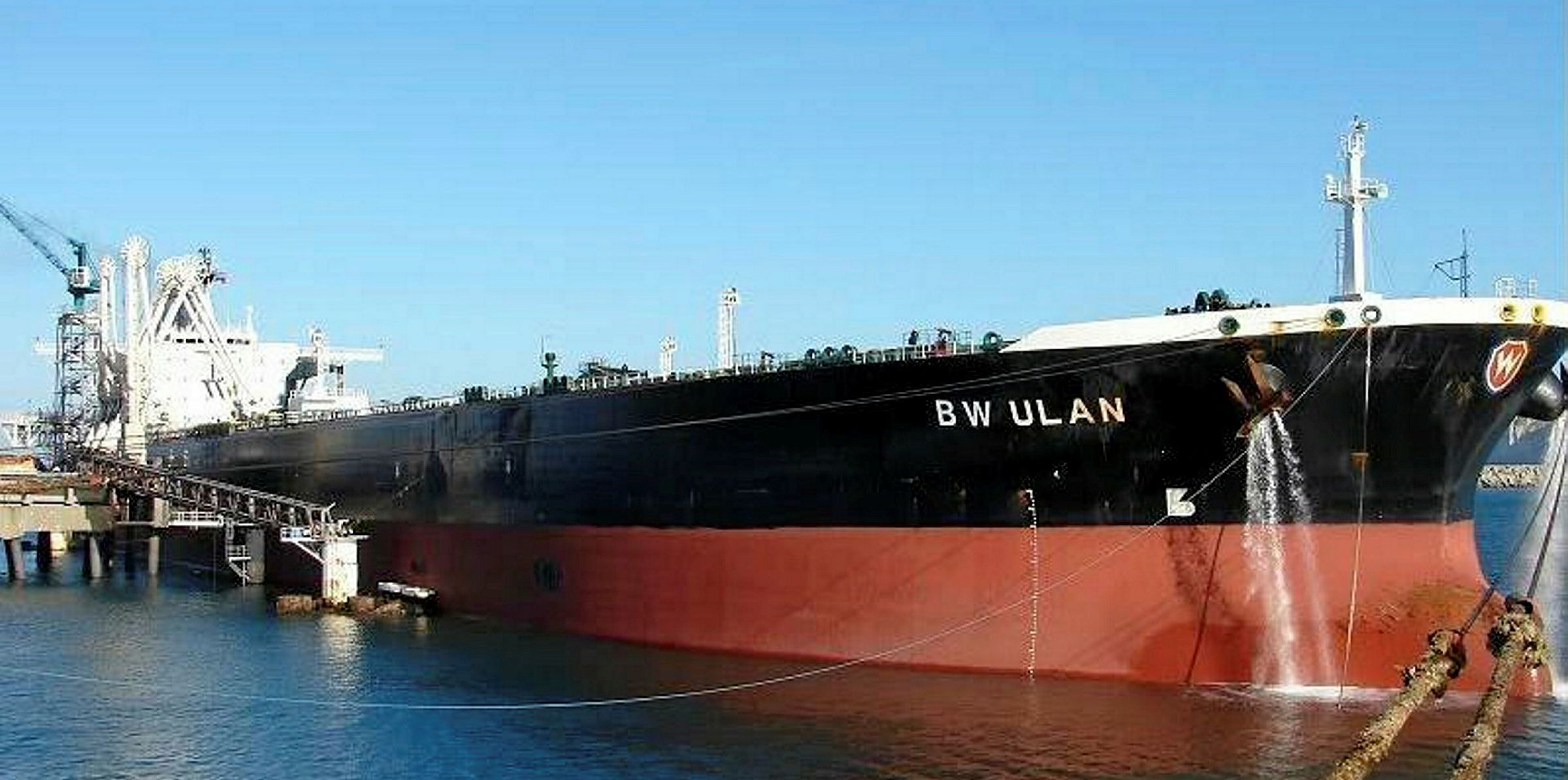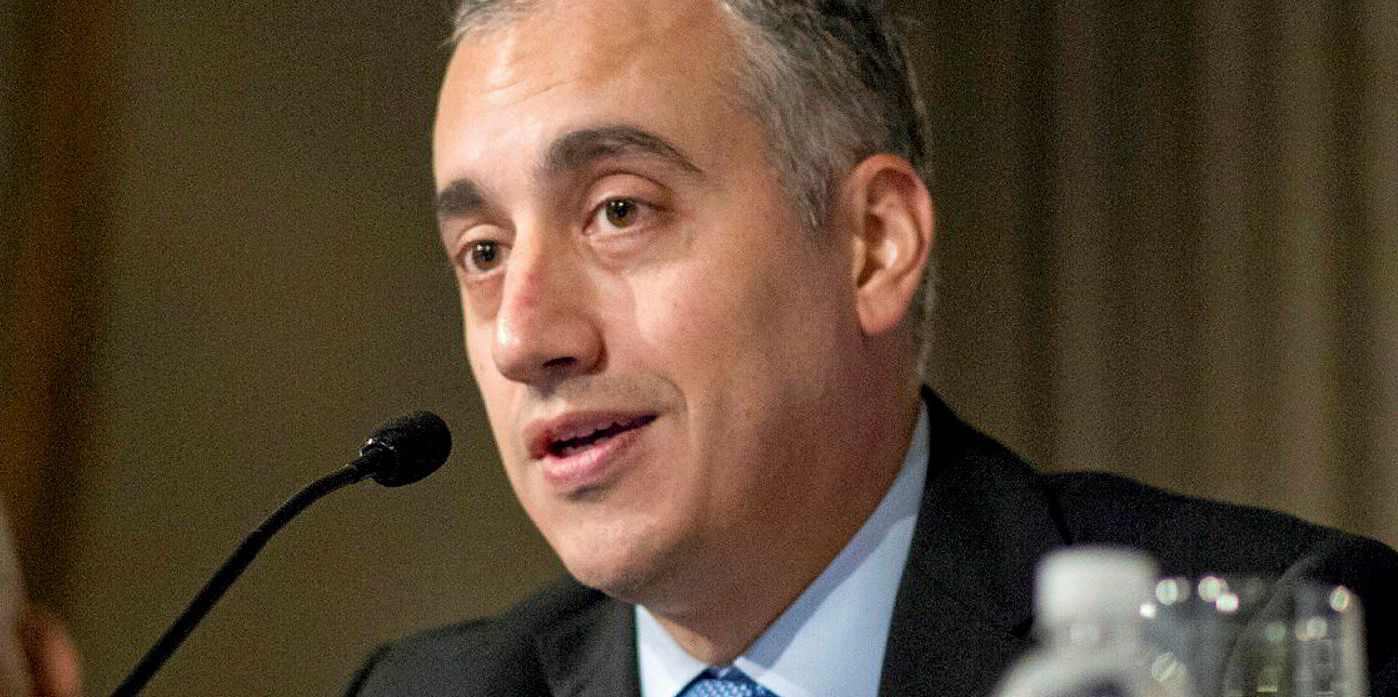Tanker rates are expected to take a dip after Opec, Russia and nine other producers reportedly agreed on an unprecedented crude supply reduction of at least 10m barrels per day (bpd) on Thursday.
But analysts expect a floor to be found soon as floating storage demand is expected to remain strong in the short term.
“Any cut will be viewed as negative but ... over the second quarter, a cut is almost immaterial,” BRS head of tanker research Andrew Wilson told TradeWinds.
“The market is far more being led by demand rather than supply. Storage infrastructure will be swamped by the oil coming onto the market today and so floating storage will be required regardless for logistical reasons.”
Ahead of the Easter holidays, most tanker owners and charterers had refrained from making firm commitments before the Opec+ talks concluded.
Limited downside
With some strong fixtures out of the Middle East Gulf (MEG) reported, the Baltic Exchange estimated VLCC earnings on the TD3C MEG-China trade at $170,626 per day on Thursday, up $41,518 from Wednesday’s level.
But forward freight agreements were experiencing some sell-offs, with the April TD3C contract down $3,480 at $133,201 per day, May down $17,080 at $91,407 per day, and June down $15,469 at $67,983 per day.
The second-quarter contract traded $12,010 lower at $97,530 per day and third-quarter $10,020 lower at $40,896 per day.
According to Stifel, a 10m-bpd oil reduction would reduce immediate shipping demand and lead to falls in earnings before a floor is found between $50,000 and $80,000 per day.
But lower earnings would in turn increase incentives for floating storage play, with the oil market still in contango, Stifel said.
“There could be a quick addition to storage contracts, enabling the market to find a solid floor,” Stifel said.
More cuts possible
The Opec+ deal — hammered out during a webinar — came as oil demand collapsed due to the coronavirus pandemic.
Global excess crude would reach 14.7m bpd in the second quarter if there was not a cut, adding 1.3bn barrels to crude stocks, according to Opec secretary general Mohammad Barkindo.
“To put this in some context, the Opec Secretariat’s assessment of available global oil storage capacity stands at over one billion barrels,” Barkindo said.
Opec’s estimates are on the conservative side. Some analysts expect excess crude to amount to 25m bpd or more.
According to the oil cartel, the 10m-bpd cut would take place in May and June before ramping down to 8m bpd in the second half of 2020 and 6m bpd between January 2021 and April 2022.
Saudi Arabia and Russia both agreed to reduce output to about 8.5m bpd in May and June. Based on industry figures, this showed Russia would have a larger cut than Saudi Arabia when using their production levels in March as a baseline.
Other members will lower their production by 23% from their output levels in October 2018, according to Platts.
The agreement is still conditional on the consent of Mexico.
In Friday’s G20 energy meeting, the two countries are expected to request other oil producers reduce their production by 2m bpd to 10m bpd.
Some analysts said such a development — if materialised — would reduce demand for floating storage.
While Canada, Brazil and Norway have signalled they could participate in a global pact, the US has shown resistance due to antitrust laws.
“I think that all of those countries bar the US would join a deal,” Wilson said. "No producers are happy with where prices are today."







